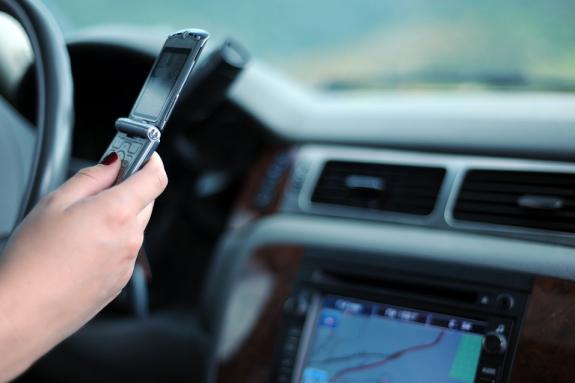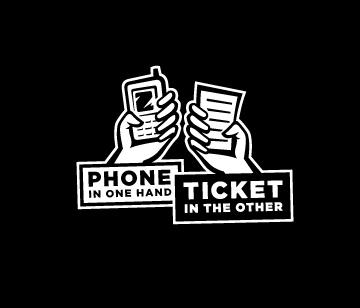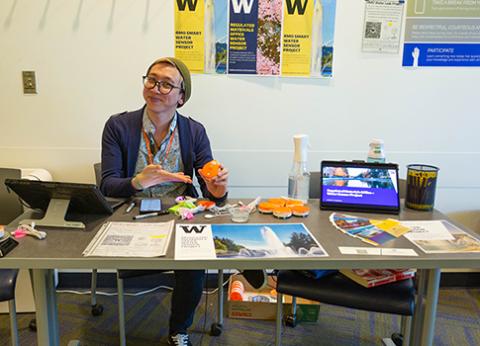Driving while distracted

There are several different ways we can be distracted when we drive. Eating, talking on a phone, texting, grooming ... the list is long. Distracted driving is defined broadly as anything that diverts any amount of our attention away from the task of driving. We will talk specifically about talking on the phone and texting while driving because it is on the continued rise as a public health and occupational safety concern — in spite of increased public awareness and stricter laws.
By the numbers
- Talking on a cell phone while driving is like having a 0.08 blood alcohol content while driving.
- Texting while driving is like having a 0.19 blood alcohol content.
- Text viewing takes an average of 4.6 seconds. At 55 miles per hour, that is like driving the length of a football field blindfolded.
- 26 percent of all vehicle accidents involve distraction.
- You are 23 times more likely to be in a crash if you text or talk on a phone while driving.
- Over 390,000 vehicle crashes in the U.S. during 2015 involved texting and driving.
- 60 percent of American drivers admit to texting while driving, and 70 percent admit to using a handheld cell phone while driving. Forty-three percent call their mobile device use while driving a habit.
- It is estimated that 660,000 drivers on America’s roads are using mobile electronic devices right now.
- In the U.S., nine people are killed and another 1,000 injured in crashes caused by distracted driving each day.
In July of 2017, Washington enacted a distracted driving law that prohibits holding an electronic device when driving. It is still legal to use a phone in a hands-free mode, but only if the function of the device can be activated with a single touch of a button. Even then, it is best to keep phone calls to an absolute minimum or to have a policy of not answering or making calls while the vehicle is on the road. If you must take a call, it is best to pull out of traffic and safely park to take or make a call. The University of Washington's policies are as strong as the state’s and are applicable at all times when driving a UW-owned vehicle. Individual UW units or departments may have their own policies regarding distracted driving that are more stringent than the law.
Driving distractions caused by eating, grooming, tobacco use, etc. are no less dangerous than those associated with mobile electronic devices and are not allowed in UW-owned vehicles.
We invite you to visit The Faces of Distracted Driving, where several cases of distracted driving are showcased.
We cannot eliminate the hazards of distracted driving until we change the overall attitude and acceptance of distracted driving and make it as unacceptable on our roads as driving under the influence of intoxicants. Please... put aside the distractions and get where you’re going safely.
Driver Safety Training
As a reminder, in accordance with UW policy, all drivers of all UW-owned vehicles must:
- Be a UW faculty, staff, currently enrolled student, hourly/temporary/volunteer employee with a valid employee or student identification number (EIN or SIN)
- Have an official purpose to drive the vehicle
- Be at least 18 years old
- Have at least 2 years of driving experience
- Possess a valid driver’s license
- Have completed the UW Driver Safety & Awareness course prior to driving
This course is also required to be refreshed every two years, and covers those who used to have to take the former van operator safety training.
If you need help, or have questions, please contact the Fleet Safety office at 206-221-6838 or tssafety@uw.edu.
This article was originally published on April 14, 2016. Updated June 15, 2018.





